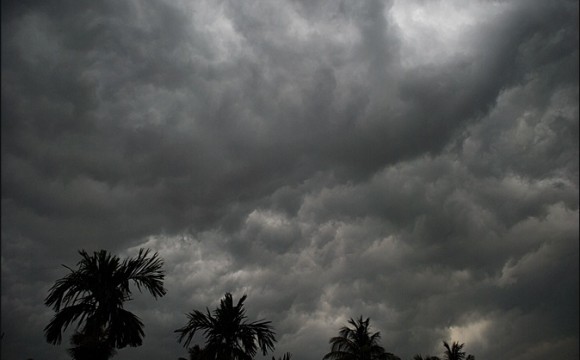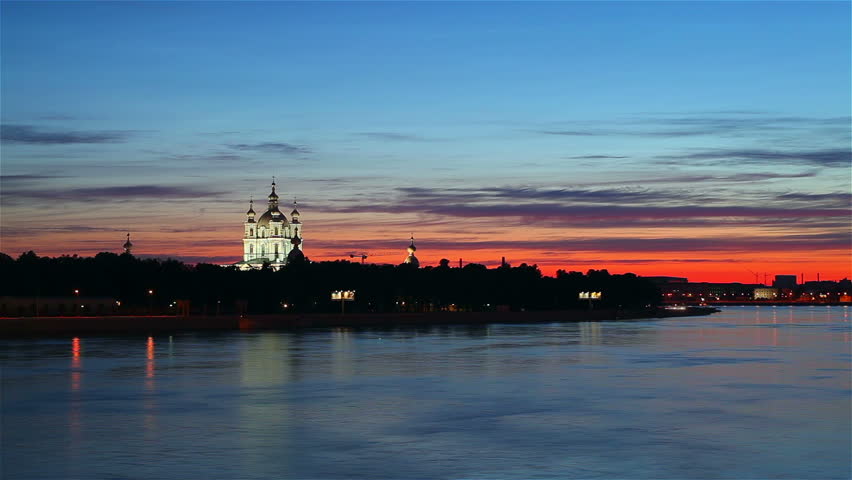 From March onwards the weather begins to build up along the southern coast of Sri Lanka, becoming progressively hotter and humid. These are electric days, the hum of not just the overhead ceiling fan but of the air conditioner hard at work. The sunlight is biting this far south, and the watery atmosphere although ideal for plants, is uncomfortable for mammals. So much so that between 11am and 3pm the garden is silent – nothing stirs and even the birdlife takes a siesta.
From March onwards the weather begins to build up along the southern coast of Sri Lanka, becoming progressively hotter and humid. These are electric days, the hum of not just the overhead ceiling fan but of the air conditioner hard at work. The sunlight is biting this far south, and the watery atmosphere although ideal for plants, is uncomfortable for mammals. So much so that between 11am and 3pm the garden is silent – nothing stirs and even the birdlife takes a siesta.
Sri Lanka is fortunate to receive two monsoons, the south-east monsoon beginning in the Arabian Sea and making its way east across India, which breaks in June, and the North-West Monsoon that begins in the Bay of Bengal and sweeps down south across the West coast of Thailand, and brushes up against the north-east of Sri Lanka a few months later. Some rare areas are affected by both, Ella, the gateway to the Hill Country at a elevation of about 1000 meters receives both, meaning at that height cool summer days and some evening chill – rose growing country.

However I must move on, and although the Monsoons reduce the temperature considerably, it does rain heavily for three-five hours each day and this makes the garden muddy. Occasionally, an overly exuberant rainstorm will flood the pond, and Carp need to be rescued, flapping as they run out of water in their explorations and need for food and encounter too much grass.
It is time to head North, to the White Nights were the evenings last forever, and the humidity has gone. Sri Lanka, being close to the equator, has 12-14 hour days at this time of year; Northern Eurasia produces 20. A summer of opera, the arts, Russia and the Mongolian Steppes promise to bloom, and I have a book to write.
It is my annual migration – the White Nights await.
